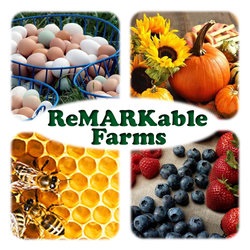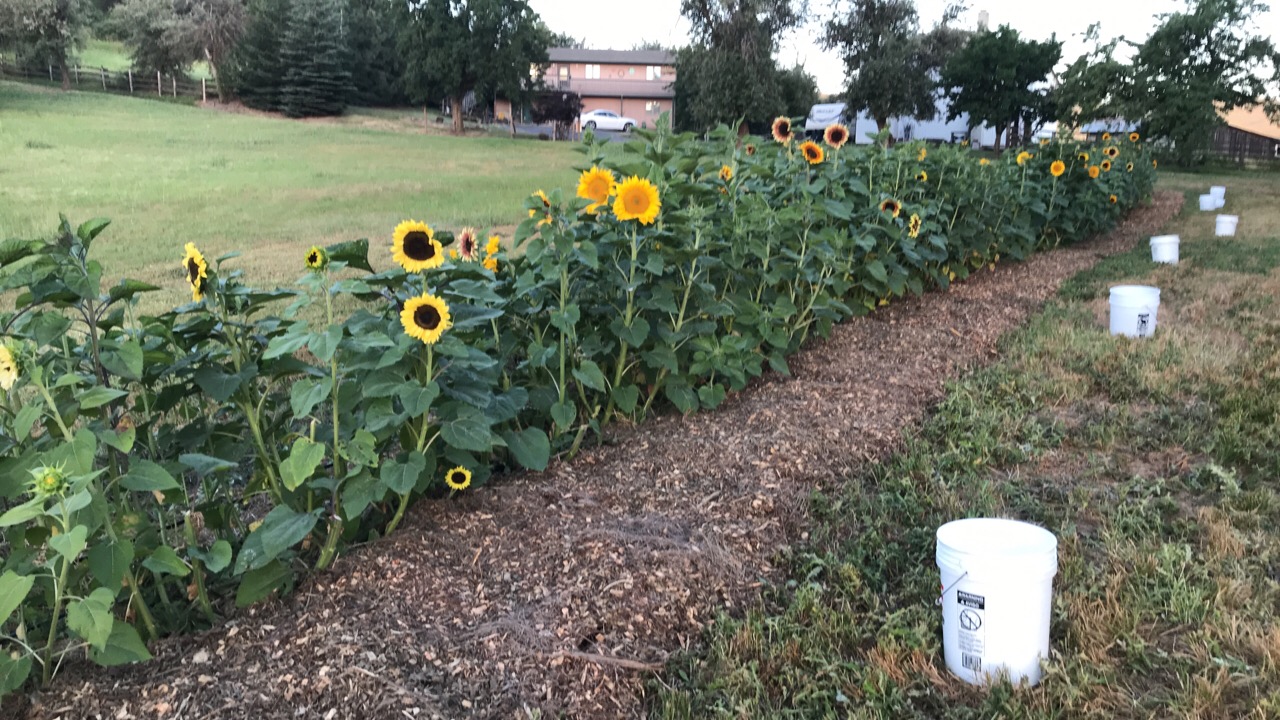Making a Hugelkultur bed
As I had stated in a FB post last week, I have always been intrigued by the Hugelkultur (mound culture) technique. One limiting factor was that you need a lot of half rotten wood. But guess what? We have tons of old dead wood on our new farm property!
Hugelkultur are no-dig raised beds with a difference. They hold moisture, build fertility, maximize surface volume and are great spaces for growing fruit, vegetables and herbs.
Taken from Inspiration and Green Permaculture Magazine:
Instead of putting branches, leaves and grass clippings in bags by the curbside for the bin men… build a hugel bed. Simply mound logs, branches, leaves, grass clippings, straw, cardboard, petroleum-free newspaper, manure, compost or whatever other biomass you have available, top with soil and plant your veggies.
The advantages of a hugel bed are many, including:
The gradual decay of wood is a consistent source of long-term nutrients for the plants. A large bed might give out a constant supply of nutrients for 20 years (or even longer if you use only hardwoods). The composting wood also generates heat which should extend the growing season.
Soil aeration increases as those branches and logs break down… meaning the bed will be no till, long term.
The logs and branches act like a sponge. Rainwater is stored and then released during drier times. Actually you may never need to water your hugel bed again after the first year (except during long term droughts).
I started by making a “before” video of the area. This area is located right in front of the bee hive and it will be our kitchen herb garden. It is located right outside the kitchen back door…
Started by digging a trench.
I made it about 2-3 feet wide and about 10 feet long and about 10 inches deep.
I threw all the soil to the side to be used again later.
Then, I filled the trench with large limbs. These were all collected right on the other side of that fence in the background. So, it was nice to clean out all those dead limbs out of the pasture area and put them to good use!
I threw in some old hay and coffee grounds.
Then, I put smaller branches mounded on top.
More hay and I watered the mound to make it nice and moist.
I placed the soil that I dug out back onto the mound. This was a little tricky but I eventually got it all to “stick”.
I bought some soil conditioner to put on top of the mound.
I planted crimson clover and oats into the soil conditioner.
The oats did not germinate very well at all. The crimson clover is germinating in a spotty pattern and growing slowly. Ideally, I would have started this project about a month earlier. The weather has really cooled down and that is why things are not growing. I plan to put a good layer of hay mulch or wood chips over the entire area to put it to bed for the winter.
| Not a super great pic but you can see some of the green clover growing on Hugelkultur bed. |
I thought maybe the voles would not like the Hugelkultur mound but I was wrong…they are already tunneling around in there! I have been putting coffee grounds in their holes…hoping that it will detour them (thanks Nora, for the suggestion!).
Overall, I am happy with the project and excited to plant lettuce, herbs, and flowers into the Hugelkultur bed in the spring!

